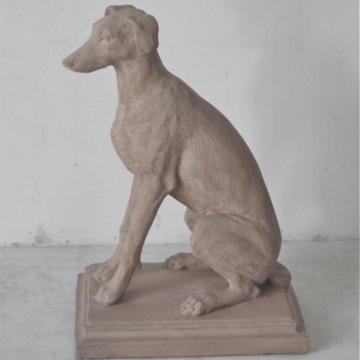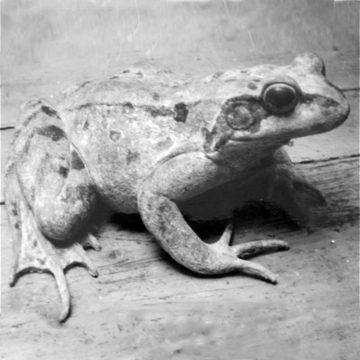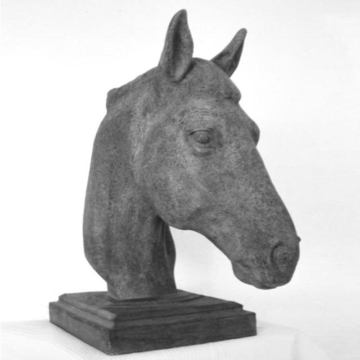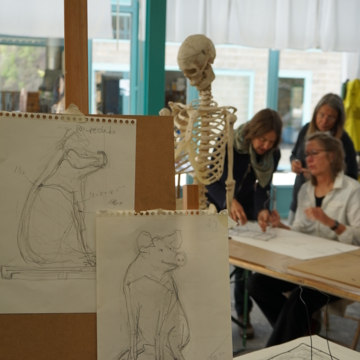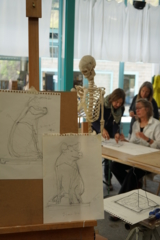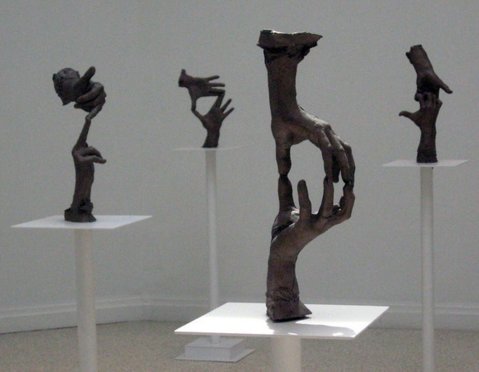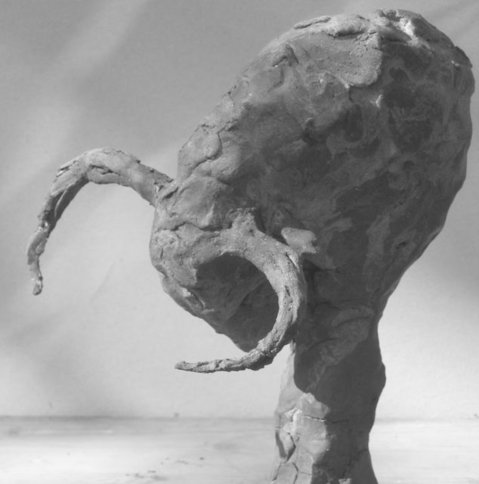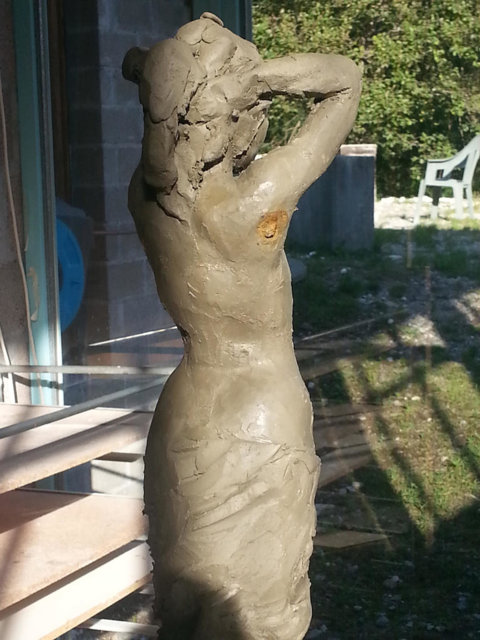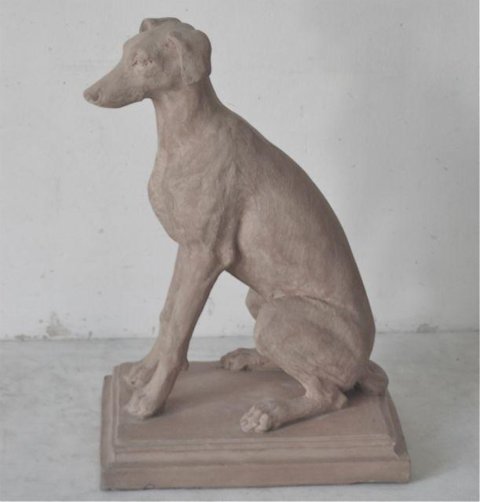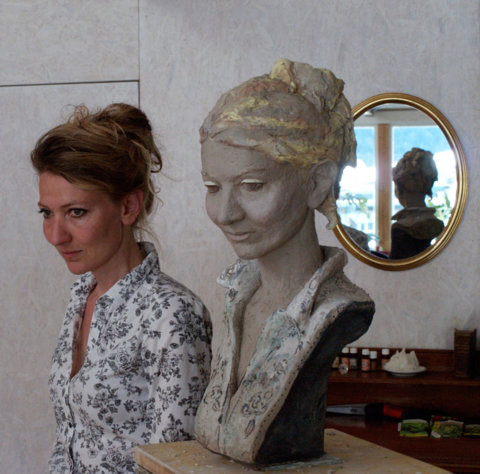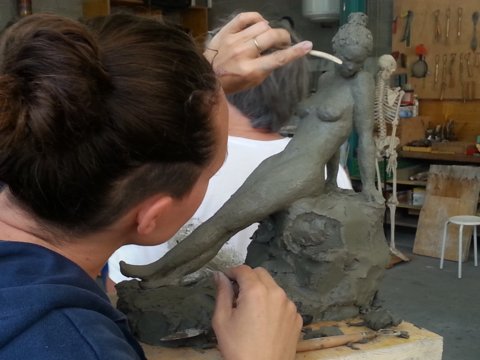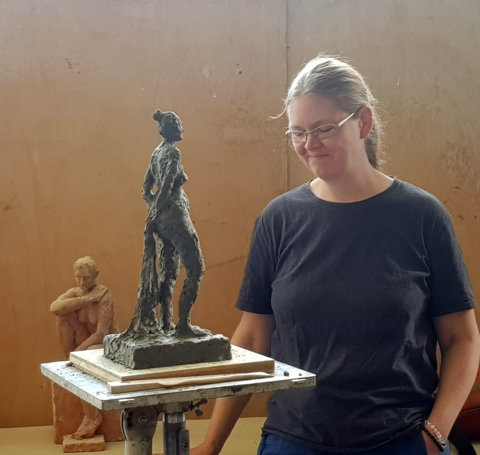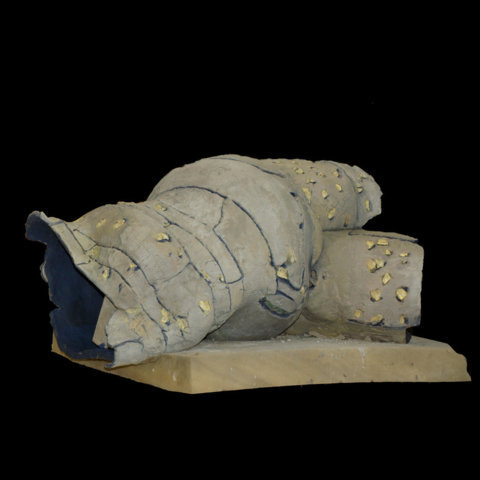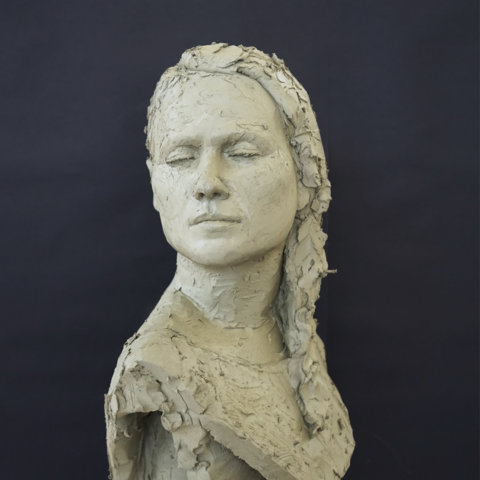Each animal moves differently (the rabbit hops, the elephant stomps, the swallow sails). Its body language forms its body (the springy leg of the rabbit, the flat foot of the elephant, the streamlined body of the dolphin). Movement without a body is beyond imagination. We cannot imagine a body that does not move as being alive. Each living creature expresses itself through its movements. The visualisation of the various movement patterns opens up countless possibilities for giving expression and liveliness to the animal models.
Course programme:
Large animals will be built with clay, the end product being a hollow terracotta animal sculpture that can be fired. This we will achieve by studying the silhouettes and the side views from left and right and front and back. For smaller and more slender animals we will use wire that can be bent and twisted into shape to make a good framework onto which we add absorbent plant fibres and then pat on the modelling clay. Combined together the three materials are ideal for creating long lasting sculptures that can be fired with temperatures as high as 800°C.
Examples from art history, prehistoric animal representations, Egyptian stylizations, works of the Greek antiquity, from the Italian Renaissance, appearing in Modernity and present modern times will be carefully studied. Developments of sculptural working methods will be discussed.
Day one: Drawing. Capturing the character, expression, movement and anatomy of the animal from all sides.
Day two: Internal construction. Forming the wire skeleton and carefully considering the proportions of the bone structure.
Day three: Developing volume. Adding musculature by attaching tied and knotted plant fibres to the wire.
Day four: Setting the volume. Defining and fleshing out with modeling clay.
Day five: Expression. Examining the vitality, qualities, movement and anatomy, using the initially sketched drawings.
Objectives of the course:
The training of observational skills and systematic working practices. Careful observation and committing to memory the body structure helps to create a spontaneous and animated expression in the representation of the animal. Closeness to nature, stylisation and abstraction possibilities will be differentiated and tested.
The course language is German, but the tutor also speaks French, Italian and English.

